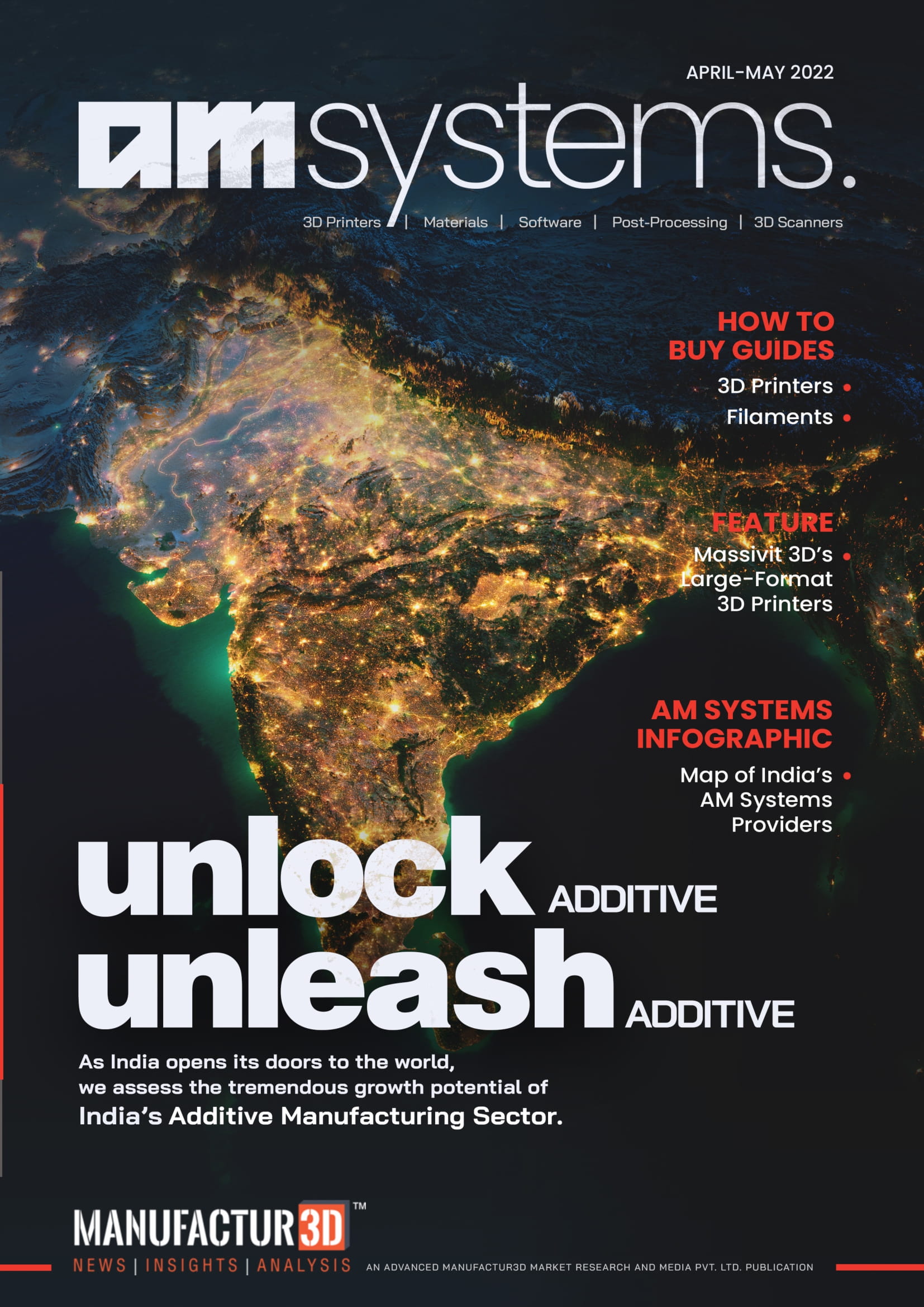Researchers from Indian Institute of technology (IIT) Delhi and IIT Kanpur have used a combination of tissue engineering and 3D bioprinting to mimic the development biology pathway through which load-bearing, long bones are formed.
In a study, researchers from both the institutes demonstrated detailed gene expression and sequential signaling pathways that get upregulated when embryonic-stage cartilage transform into bone-like cells.
The Bone Formation Process
There are two ways through which bones are formed. For example, cranial bones (bones which enclose the brain), mesenchymal stem cells (MSCs) differentiate into bones without forming a cartilage. However, in case of load-bearing, long bones such as femur (the longest and thickest bone that extends from pelvis to the knee), stem cells first form a cartilage template, which then further differentiates to form bone cells. Bones that first form a cartilage template are designed to bear weight.
Until now, all the attempts to develop load-bearing bones using different scaffolds have been bypassing the intermediate stage of cartilage formation and differentiating stem cells directly into bone cells. Speaking about the load bearing capacity of such bones to The Hindu, Prof. Sourabh Ghosh from the Department of Textile Technology at IIT Delhi and one of the researchers of the study, said, “The efficacy of such bone constructs is yet to be demonstrated in bearing loads. There is very poor correlation between bone constructs developed in vitro and in vivo. Also, gene expression pattern of these tissue-engineered bones largely differ from human adult bone.”

Above: The team of researchers/Image Credit: The Hindu
In a paper published in the scientific journal, Bioprinting, the same team of researchers used 3D bioprinting and bioink consisting of silk proteins, MSCs and growth factors to tissue engineer the cartilage.
In their latest work, published in the scientific journal, ACS Biomaterials Science & Engineering, the researchers first 3D bioprinted cartilage using bioink and characterised the cartilage characteristics. The researchers then added a thyroid hormone to the cartilage to facilitate the differentiation of cartilage into bone-like cells.
How Bones formed Through Cartilage Different from Bones Formed Directly from Stem Cells?
The results of their latest research showed that unlike bone cells formed directly from cells, bones formed through cartilage differentiation exhibited a stark difference. For instance, the researchers found that gene and protein expressions resembled the ones that occur at the time of natural development of bones in the body.
[penci_related_posts taxonomies=”undefined” title=”Also Read” background=”” border=”Blue” thumbright=”yes” number=”4″ style=”grid” align=”none” displayby=”cat” orderby=”random”]
Explaining the difference between the bones formed directly from stem cells and the ones developed through intermediate cartilage process, Prof. Amithabha Bandyopadhyay from the Department of Biological Sciences and Bioengineering at IIT Kanpur and a corresponding author of the paper said, “The load-bearing capacity of a bone depends primarily on the quality of extracellular matrix. In loading-bearing bones, the extra cellular matrix comprises 95% while bone cells are just 5%. So if you are trying to fabricate a load-bearing bone construct it is better to have more extracellular matrix.”
“Compared to bone formed directly from stem cells, the extracellular matrix of the bone construct developed through the intermediate cartilage process was 10 times higher,” added Prof. Bandyopadhyay.
“We followed a four-step process to develop the load-bearing bone. We first developed chondrocytes (cartilage) from stem cells and then differentiated them into hypertrophic chondrocytes. During this process, the sponge-like cartilage becomes a brittle tissue. While the brittleness is not good for cartilage, here it is following the development biology mechanism to become a bone,” explains Prof. Ghosh.
In the third step, the hypertrophic chondrocytes differentiate into bone-like cells (osteoblasts) and finally to adult bone cells (osteocytes).
Though the paper does not reveal mechanical properties of the bone construct, the mechanical studies conducted showed that bone developed showed better results from the ones developed directly from stem cells. As a part of their future research, the researchers now plan to undertake studies on animals.
Source: The Hindu
About Manufactur3D Magazine: Manufactur3D is an online magazine on 3D printing which publishes the latest 3D printing news, insights and analysis from all around the world. Check out our Indian Scenario page for more 3D printing news from India.



